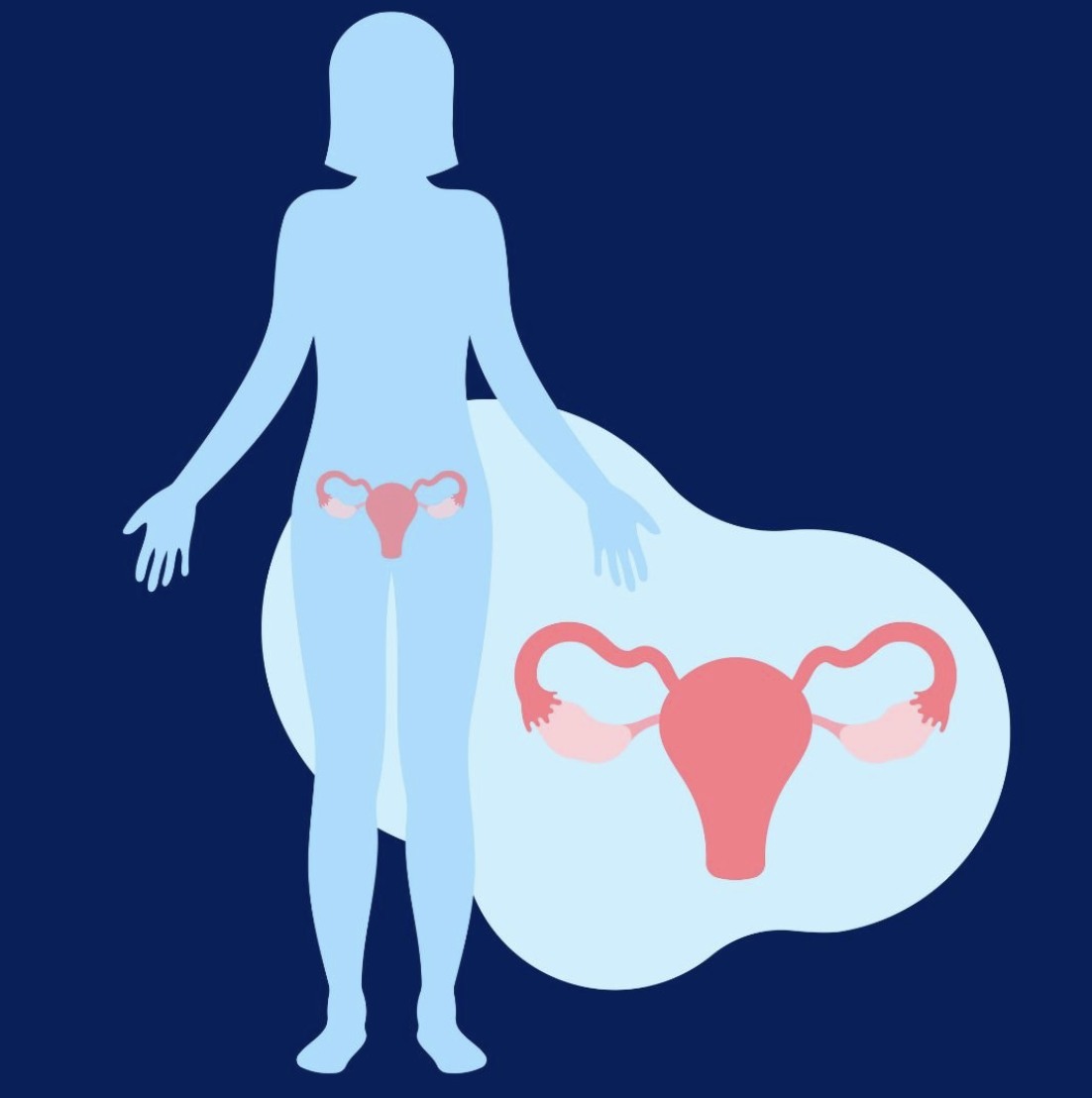What Is An Endo Excision?
Endometriosis affects millions across the globe. A truly debilitating disease, it can cause severe pain throughout the menstrual cycle and unwanted fertility issues. One common treatment for endometriosis is endo excision, a surgical procedure aimed at removing endometrial growths.
Endo excision seeks to alleviate symptoms and improve quality of life, meticulously removing the endometriosis lesions while preserving as much of the healthy surrounding tissue as possible.
The excision process is recognized as the "gold standard" treatment for endometriosis, as it offers the most potential for assurance, symptom relief, and long-term results. The goal is to remove the entire disease, much like uprooting a weed – removing not only what is seen on the surface but also the "roots" embedded deep within the tissue.
Different Types of Endo Excision
Depending on the severity and location of the endometriosis, there are several types of excision surgeries available.
Laparoscopic excision
This minimally invasive surgery is performed through small incisions in the abdomen, using a tiny camera (laparoscope) to guide the surgeon.
Robotic-assisted excision
In this case, the surgeon uses a robotic system to perform the surgery. The system provides increased precision and better visualization, especially for deep infiltrating or complex endometriosis.
Laparotomy
For severe cases, a larger incision is made in the abdomen to remove the endometrial tissue. This is a more invasive procedure often used if other types of surgery aren't possible.
Deep excision
This thorough type of endometriosis surgery requires specialized training. It ensures the complete removal of endometriosis lesions, 'rooting out' even the deeper symptoms infiltrating organs or muscle.
Fertility-preserving excision
For women who wish to conceive, doctors can adopt a more conservative approach to excision, preserving the reproductive organs while removing as much endometriosis as possible.
Why Do People Have Endo Excision?
Most commonly, endo excision is performed to alleviate the pain that accompanies endometriosis and to increase the chances of fertility. It's seen as a substantial long-term solution to managing the debilitating symptoms of the disease.
Endo excision can also play a crucial role in confirming a diagnosis of endometriosis. Despite advances in medical technology, endometriosis can still only be definitively diagnosed through visual inspection of the pelvic organs, typically accomplished through a laparoscopic procedure.
Moreover, endo excision surgery can help mitigate some of the associated complications of endometriosis, including painful bowel movements, painful sexual activities, and urinary problems.



